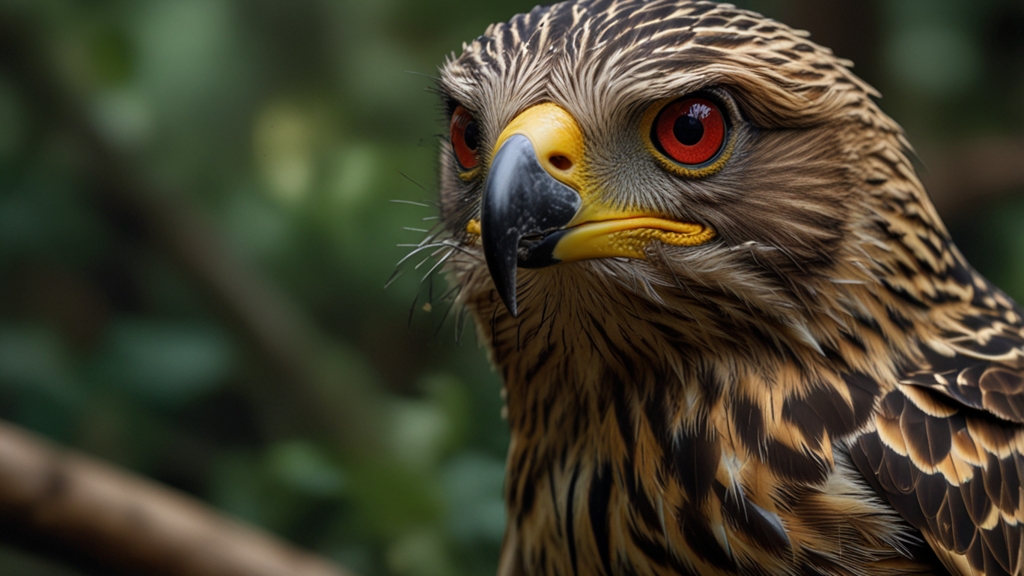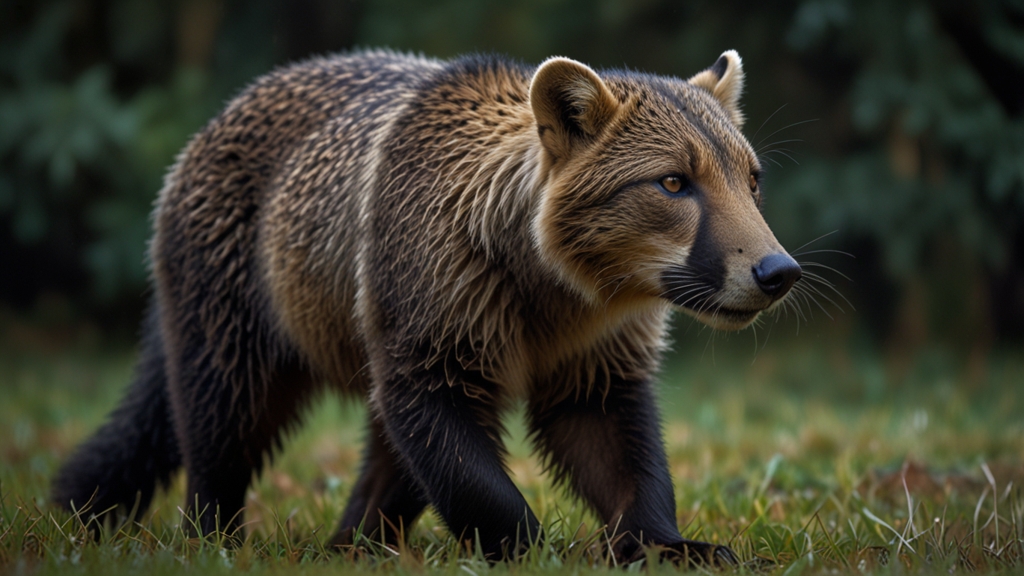Discover the Birds That Prey on Other Birds: Nature's Brutal Truth
When we think of birds, our minds often drift to serene images of songbirds chirping melodiously or flocks of geese gracefully migrating against a clear blue sky. However, the reality of avian life is not always as peaceful. There exists a hidden world where birds are not just prey, but predators as well. These avian hunters have evolved remarkable adaptations that allow them to feast on other birds, showcasing nature's unapologetic and brutal truth.
The World of Raptors
The term "raptor" encompasses a variety of birds of prey, including eagles, hawks, falcons, and owls. These birds are revered for their keen hunting abilities and predatory prowess. Raptors have sharp, hooked beaks designed for tearing flesh, powerful talons to clutch and immobilize their prey, and exceptional eyesight to spot their next meal from great distances.
Falcons: Masters of the Skies
Falcons are among the most skilled bird hunters. The peregrine falcon, in particular, is renowned for its breathtaking speed and agility. Peregrines have been recorded diving at speeds exceeding 200 miles per hour, using their velocity to strike and incapacitate their avian targets mid-air. Their keen eyesight allows them to detect prey from thousands of feet away, making them formidable aerial predators.
The falcon's stoop, or dive, is one of nature's most remarkable displays of speed and precision. These birds embody the relentless efficiency of nature's predatory force.
Owls: Stealthy Nocturnal Hunters
Owls are the quintessential nocturnal predators. Equipped with silent flight, thanks to their unique feather structure, they can swoop down on unsuspecting birds under the cover of darkness. Their exceptional night vision and acute hearing make them highly effective hunters. Species like the great horned owl often prey on smaller birds, proving that the darkness holds its own perils.
Hawks and Eagles: Skyborne Terrors
Hawks and eagles are powerful hunters that strike fear into the hearts of many bird species. These birds of prey patrol the skies, using their superior vision to locate potential prey. The red-tailed hawk, for example, is a common raptor that preys on smaller birds. Eagles, particularly the golden eagle, are known to take down larger birds, including other raptors, with their immense strength and sharp talons.
The golden eagle's talons can exert a pressure of up to 400 pounds per square inch, making them one of the most formidable avian predators in nature.
Corvids: Clever and Opportunistic
While the corvid family, including crows, ravens, and magpies, is not traditionally classified as raptors, these birds are incredibly intelligent and opportunistic predators. They have been observed mobbing and harassing other birds to steal food or even their eggs and chicks. Their problem-solving abilities and social cooperation allow them to thrive in diverse environments.
The Circle of Life
The phenomenon of birds preying on other birds is a testament to the intricate and often harsh realities of the natural world. Predation plays a critical role in maintaining ecological balance, ensuring that no single species dominates the environment. This cycle of life and death, predator and prey, is essential for the health and stability of ecosystems.
Predation among birds highlights the delicate balance of nature. It reminds us that, in the wild, survival often hinges on an animal's ability to adapt, hunt, and outwit both prey and predators.
Conclusion
Nature's brutal truth is vividly illustrated in the predatory behaviors of birds that hunt other birds. Whether it's the swift falcon, the silent owl, the powerful eagle, or the cunning corvid, these predators are a reminder of the raw and unfiltered reality of life in the wild. As we marvel at their hunting prowess, we gain a deeper appreciation for the complex and balanced ecosystem that supports all life on Earth.







